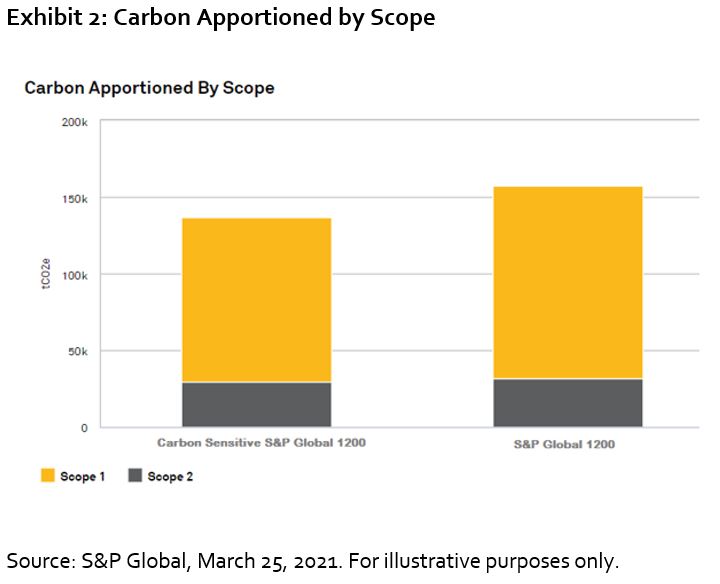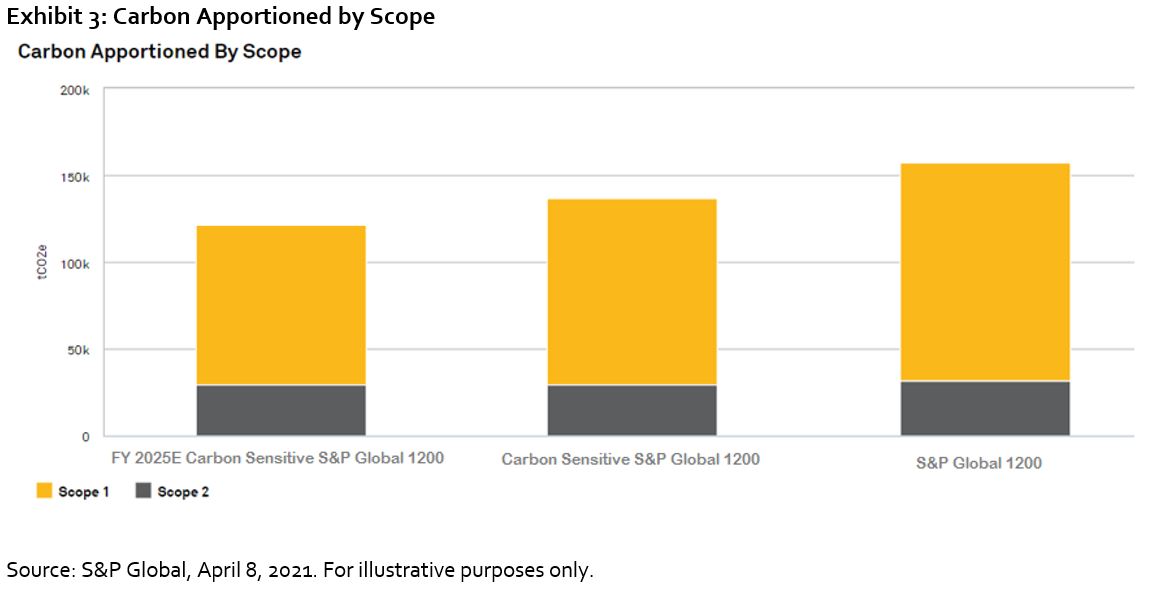This is the fourth blog in a series examining the steps portfolio managers need to take to reach the goal of net-zero carbon dioxide emissions in their investment strategies by 2050. Previous blogs defined net-zero, looked at the creation of a carbon footprint, and optimized a portfolio to make it carbon sensitive. In this blog, we go further by using additional data to diversify a portfolio by selecting companies that are on track to meet the goals of the Paris Agreement.
The 2016 Paris Agreement committed to net-zero emissions globally by the second half of this century in order to keep the rise in mean temperatures well below 2 degrees Celsius above pre-industrial levels, and to limit global warming to 1.5 degrees. According to the United Nations, climate change action needs to be massively increased to achieve these goals.1 However, the years since the Agreement came into force have already sparked low-carbon solutions and new markets. More and more countries, regions, cities, and companies are establishing carbon neutrality targets, and zero-carbon solutions are becoming competitive across economic sectors representing 25% of emissions. The United Nations says that by 2030, zero-carbon solutions could be competitive in sectors representing over 70% of global emissions.
Power your net zero journey with essential intelligence
Speak To A Specialist >Looking Forward
To create portfolios that are truly carbon sensitive, it is important to include companies that are on track to reduce carbon emissions in the future. The Trucost Paris Alignment Dataset identifies industry decarbonization leaders and laggards on a rolling five-year projection for 4,800 companies. The data includes 5 year forecasts for a company’s carbon emissions & carbon intensity and how this compares to the target it needs to meet its share of carbon reduction for the Paris Agreement goal. If the forecast is less than the target, the company is an attractive candidate to consider for a portfolio as it will be meeting more than its share of carbon reduction
Exhibit 1 shows data in the Paris Alignment Dataset for Alcoa. The Orange bars represent the target carbon emissions that Alcoa need to meet its share of the Paris Agreement goal, the green bar shows its actual and forecasted emissions. The grey bar shows the delta between the two, illustrating that Alcoa is projected to meet more than its share of carbon reduction for the Paris Agreement.

As in our last blog, we will construct a carbon sensitive-portfolio, but one that draws on the forward projections of the Paris Alignment dataset. A carbon-sensitive portfolio is one with lower carbon emissions, but similar risk, return, and fundamental characteristics of the investable universe/benchmark.
Further Portfolio Optimization
In Exhibit 2, we show the Apportioned Carbon Emissions of the carbon-sensitive S&P Global 1200 created in our last blog, along with the original S&P Global 1200.

In Exhibit 3, the first column is the further optimized Carbon Sensitive S&P Global 1200 at an expected level of 124,000 tCO2e in 2025, while maintaining the underlying characteristics of the original S&P Global 1200. These are the projected carbon emissions (Scope 1+2) in 2025 when using S&P’s Trucost Paris Alignment Dataset to optimise on forward Scope 1+2 emissions. It represents a further reduction of 8.2% in 2025 from the carbon-sensitive portfolio created in the last blog (middle column), and a total reduction of 19.8% from the original S&P Global 1200 (right column). These carbons reductions were made with only a +/- 0.4% deviation from the underlying S&P Global 1200 sector weights, a greater carbon reduction is possible if the deviation tolerance is increased.

This optimization approach can position investors to help facilitate an adequate flow of capital toward a low-carbon economy. Investors can determine which companies and sectors are compatible/incompatible with the Paris Agreement goal and are better/worse positioned to withstand potential risks as a result of climate change. In doing so, investors can assess the overall impact their portfolios make on the environment versus their benchmarks and can align them with the low-carbon transition.
In our next and final blog of this series, we will look at the need for action and more disclosure on the part of corporations.
Click here to learn more about the Trucost Paris Alignment Dataset.
[1] “The Paris Agreement”, United Nations Climate Change, 2021, https://unfccc.int/process-and-meetings/the-paris-agreement/the-paris-agreement.


